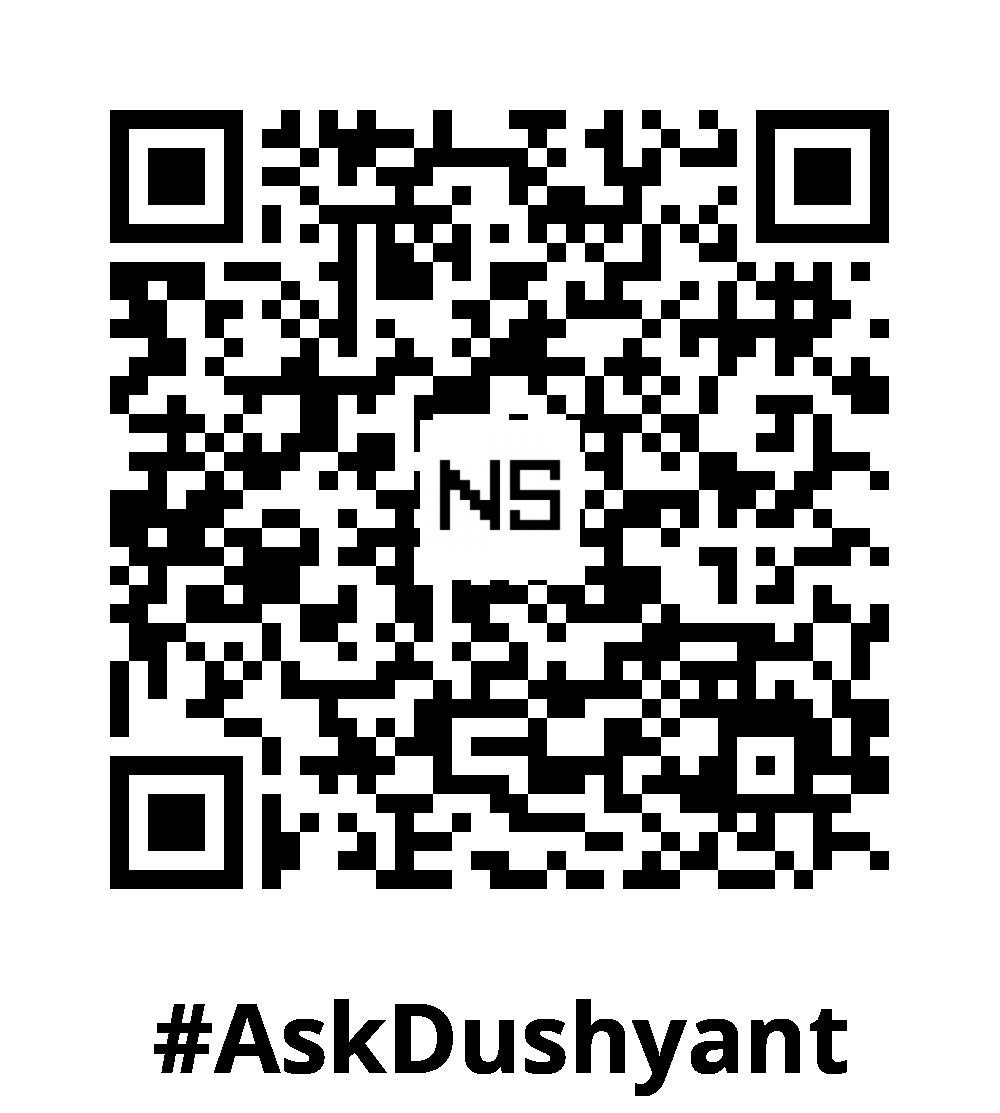Machine learning models require high-quality datasets to perform efficiently. However, obtaining a well-labeled dataset can be challenging, especially for niche domains. Web crawling provides a powerful way to collect vast amounts of training data from the internet. For over two decades, I’ve been igniting change and delivering scalable tech solutions that elevate organisations to new heights. My expertise transforms challenges into opportunities, inspiring businesses to thrive in the digital age. In this tech concept, we will explore how to use web crawlers to build datasets for machine learning, the best practices, tools, and ethical considerations involved.
What is Web Crawling?
Web crawling is the process of systematically browsing the web to extract data from websites. This process is often automated using bots or web crawlers, which follow links, navigate web pages, and store relevant information.
How It Works
- Seed URLs: The crawler starts with a set of predefined URLs.
- Fetching Pages: The crawler requests web pages from these URLs.
- Parsing Content: Extracts useful data (text, images, tables, etc.).
- Following Links: Crawls additional links found on the page (optional).
- Storing Data: Saves structured data for further processing.
Why Use Web Crawling for Machine Learning?
Web crawling is crucial for machine learning because it helps:
- Automate Data Collection: Gather large-scale datasets efficiently.
- Build Custom Datasets: Collect domain-specific data tailored to your ML needs.
- Stay Updated: Keep models trained on the latest information.
- Enhance Diversity: Collect data from multiple sources for better generalization.
Use Case: Sentiment Analysis on Product Reviews
One practical application of web crawling is collecting product reviews for sentiment analysis. Companies often need large datasets of user opinions to train models that analyze customer sentiment. By scraping e-commerce websites, forums, and review aggregators, businesses can compile datasets that help:
- Identify trends in customer feedback.
- Improve products based on real user reviews.
- Automate customer support insights.
Example Workflow:
- Scrape product reviews from multiple websites.
- Preprocess text data (remove noise, normalize text).
- Label sentiment (positive, neutral, negative) using automated or manual annotation.
- Train a machine learning model to classify sentiment based on crawled data.
Tools for Web Crawling (Using Sample Product Review Data)
To demonstrate web crawling effectively, let’s collect some quotes from an example site, such as http://quotes.toscrape.com, which provides structured data similar to review websites.
1. BeautifulSoup (Python)
A lightweight library for extracting information from HTML and XML.
from bs4 import BeautifulSoup
import requests
url = "http://quotes.toscrape.com"
response = requests.get(url)
soup = BeautifulSoup(response.text, 'html.parser')
# Extract all quotes
quotes = [quote.get_text() for quote in soup.find_all("span", class_="text")]
print(quotes)
2. Scrapy
A powerful Python framework for scalable web scraping.
import scrapy
class ReviewSpider(scrapy.Spider):
name = "reviews"
start_urls = ["http://quotes.toscrape.com"]
def parse(self, response):
for quote in response.css(".quote"):
yield {
'review_text': quote.css(".text::text").get(),
'author': quote.css(".author::text").get(),
}
3. Selenium
For scraping dynamic websites that require JavaScript rendering.
from selenium import webdriver
from selenium.webdriver.common.by import By
browser = webdriver.Chrome()
browser.get("http://quotes.toscrape.com")
# Extract reviews
elements = browser.find_elements(By.CLASS_NAME, "text")
reviews = [el.text for el in elements]
print(reviews)
browser.quit()
Structuring the Collected Data
Once data is collected, it should be structured properly:
- Text Data: Store in CSV or JSON format.
- Images: Download and categorize into labeled directories.
- Tabular Data: Store in databases (e.g., PostgreSQL, MongoDB).
Cleaning and Preprocessing Data
Raw crawled data often contains noise. Preprocessing involves:
- Removing HTML Tags: Extract clean text.
- Removing Stop Words: Filter out common words (e.g., “the”, “and”).
- Handling Duplicates: Eliminate repeated data.
- Normalizing Text: Convert to lowercase, remove punctuation.
import re
from bs4 import BeautifulSoup
def clean_text(html):
soup = BeautifulSoup(html, 'html.parser')
text = soup.get_text()
text = re.sub(r'\s+', ' ', text) # Remove extra spaces
return text.strip()
Storing and Using the Data for Machine Learning
After cleaning, store datasets in a structured format:
- CSV/JSON: Ideal for structured text data.
- SQL/NoSQL Databases: Suitable for scalable storage.
- Cloud Storage: Use AWS S3, Google Cloud Storage for large datasets.
Example: Using Crawled Data for NLP
import pandas as pd
from sklearn.feature_extraction.text import TfidfVectorizer
# Load dataset
data = pd.read_csv("dataset.csv")
vectorizer = TfidfVectorizer()
X = vectorizer.fit_transform(data["text"])
print(X.shape)
Best Practices for Web Crawling
- Use User-Agent Headers: Avoid getting blocked.
- Implement Rate Limiting: Space out requests to prevent bans.
- Store Metadata: Keep track of timestamps, sources.
- Monitor for Changes: Re-crawl periodically to keep data updated.
My Tech Advice: AI and ML is no longer the future—it is today’s reality. To fuel its intelligence, data must be readily available for training and refinement. Web crawling is a powerful technique for building datasets in machine learning. By using tools like BeautifulSoup, Scrapy, and Selenium, you can extract valuable data, clean it, and structure it for AI ML applications. However, always adhere to ethical guidelines and legal considerations when scraping data.
#AskDushyant
Note: The example and pseudo code is for illustration only. You must modify and experiment with the concept to meet your specific needs.
#TechConcept #TechAdvice #webscraping #webcrawling #webparser #AI #ML


Leave a Reply